What happened to these famous movie animals?
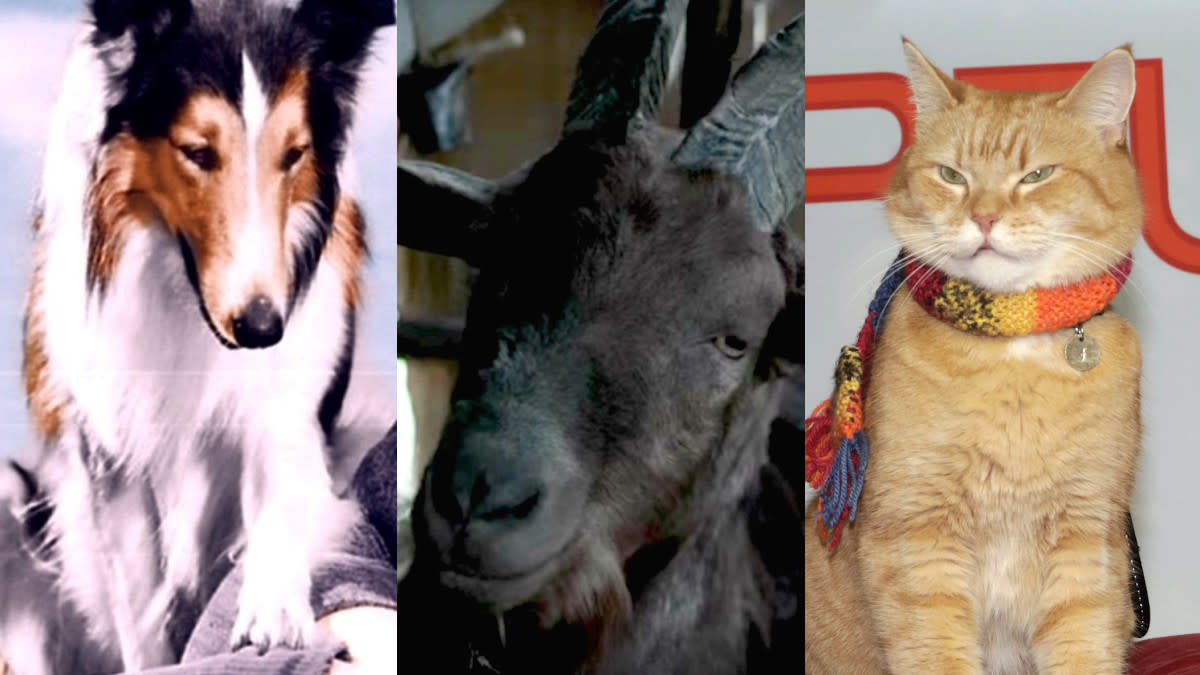
The old adage that no performer should ever work with children or animals doesn’t seem to hold true on the big screen. The history of cinema is littered with animals who have become even more famous than the humans they act alongside, whether they’re the heroes of their movies, the villains or adorable supporting players.
Read more: Animals were harmed in the making of these movies
But what happens to these critters when the cameras are turned off? Often, these animals go on to appear in other movies and TV shows but, sometimes, their 15 minutes of fame are all they get in the spotlight.
Here’s what happened to some of the most famous and beloved animals in movie history after they made their big screen bows.
Bob (A Street Cat Named Bob)

This week, it was sadly announced that Bob — the title character in the based-on-truth British drama A Street Cat Named Bob — had passed away at the age of 14. James Bowen met Bob while he was struggling with addiction and living on the streets. He credits the cat with giving him a reason to live and saving his life, before inspiring the memoir that would become A Street Cat Named Bob.
Ever the star, Bob played himself in the 2016 movie based on Bowen’s book and reprised the role in the Christmas-set sequel A Gift From Bob, which shot in London at the tail end of last year. The movie will certainly be a fitting tribute to the charismatic cat.
Uggie (The Artist)
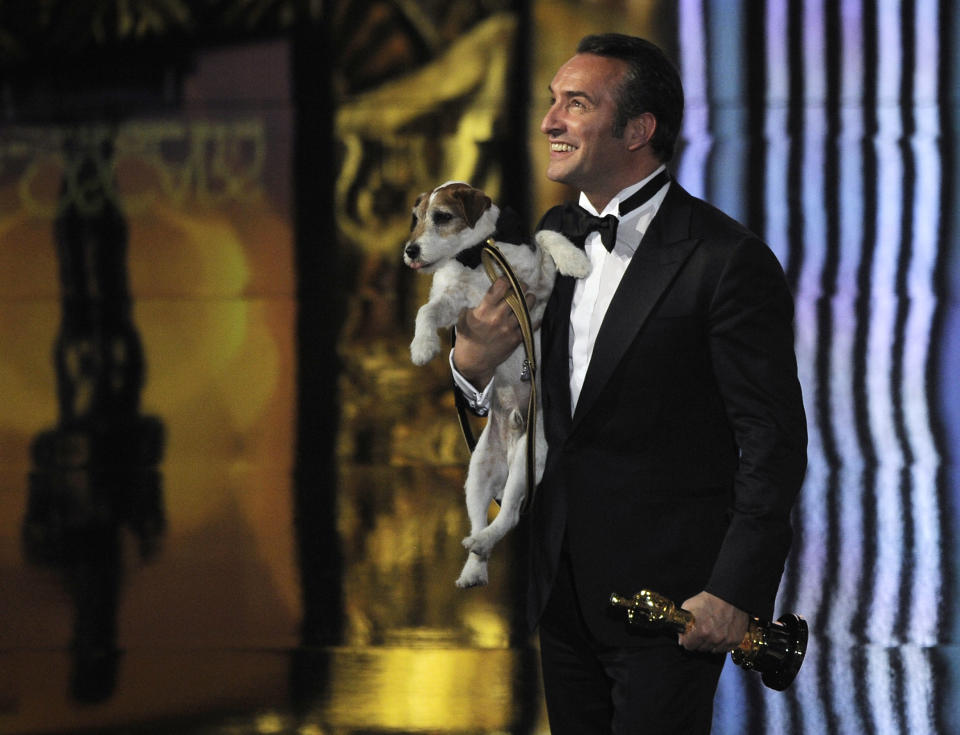
Canine scene-stealers don’t come much more talented than Uggie, who was the breakout star of Oscar-winning silent movie The Artist in 2012. The adorable Jack Russell sadly died in 2015, but not before he appeared in both The Artist and Water For Elephants, scooping the Cannes Film Festival’s coveted Palm Dog Award for the former.
Read more: Audiences complain because The Artist is silent
In even more lovely news, Uggie was given the very impressive moniker of ‘Palm Dog of Palm Dogs’ in a virtual ceremony at this year’s Cannes Film Festival, commemorating the best on-screen pooch of the last 20 years.
Pal (Lassie Come Home)
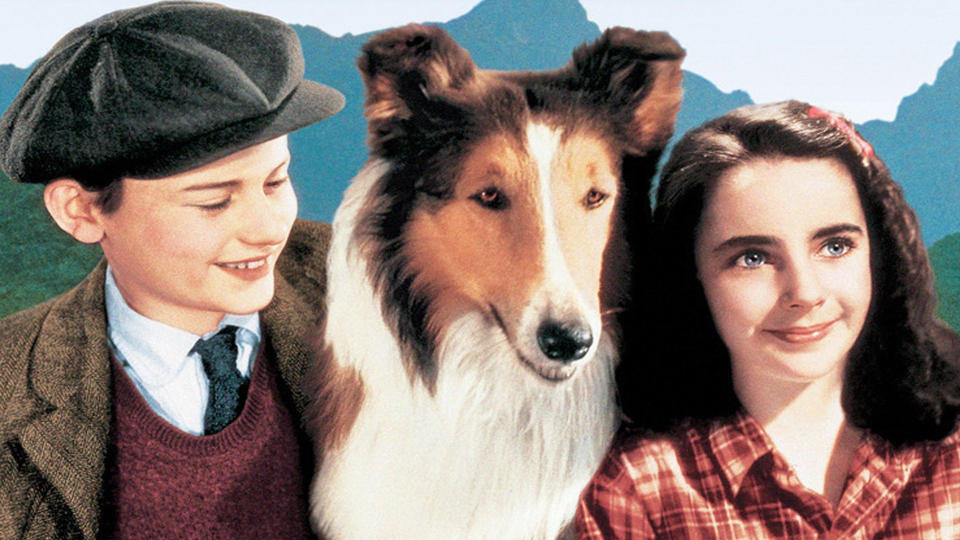
Perhaps the most famous pooch in big screen history, Lassie was the star of a handful of films throughout the 20th century. The most famous canine actor to play the famed dog was Pal, who starred in the 1943 classic Lassie Comes Home. Pal retired in 1954 to a life of leisure, having earned a star on the Hollywood Walk of Fame and sired five pups, which also went on to play Lassie. He passed away in 1958.
Charlie (The Witch)

Black Phillip was the undisputed star of the buzzy A24 horror The Witch, with no disrespect to the brilliant Anya Taylor-Joy. The 210-pound goat, Charlie, hired to portray the role was “horrible” according to human star Ralph Ineson. He told The Hollywood Reporter that it was “hate at first sight”, culminating in Charlie ramming Ineson’s ribs with his imposing horns during one particularly gruelling a scene, dislodging a tendon. The actor took painkillers for the remainder of the shoot.
Read more: Robert Eggers on making The Lighthouse
The difficulties Ineson had with Black Phillip, though, do not seem to have quelled the caprine star’s career. Charlie has become an icon of the new vogue for A24’s intelligent horror movies, popping up in a smaller role in 2017’s It Comes At Night. There’s no telling where he’ll appear next.
Blanco (Lord of the Rings)

Shadowfax was the horse ridden by Gandalf and appeared in Lord of the Rings: The Two Towers and its follow-up Return of the King. The real animal behind the portrayal in Peter Jackson’s epic trilogy was the Andalusian horse Blanco.
After the films, Blanco was purchased in Australia by horse trainer Cynthia Royal, who sadly faced health problems of her own and financial difficulties. The animal became ill in December 2013 and passed away in March 2014. Royal told The San Diego Union-Tribune that Blanco was her “soul mate in a fur suit”.
48 Little Pigs (Babe)

It’s not uncommon for multiple animals to play a single role on the big screen, but Babe took this to another level. No fewer than 48 piglets were used to portray the title character during the filming of the 1995 adaptation of Dick King-Smith’s children’s book. After their job on set had been finished, they were all sent to live out their days on various farms. It’s not clear whether they received a share of the movie’s impressive $254m (£205m) box office haul.
Crystal the Monkey (The Hangover Part II)

There aren’t many animal performers in cinema who possess the same prolific work ethic as the capuchin monkey Crystal. Her first credit was as a baby in the 1997 Disney movie George of the Jungle, but she has since become recognisable in a number of major roles — perhaps most notably in The Hangover Part II. She has also popped up in American Pie, both of the Eddie Murphy-starring Dr Dolittle movies and all three of the Night at the Museum films. She’s still working today, appearing last year in Bollywood movie Total Dhamaal.
In 2012, Crystal appeared in the sitcom Animal Practice and earned $12,000 (£9,700) per episode for her owner Tom Gunderson — a salary twice that of the average human actor working in Hollywood. When you’re the most in-demand animal performer on the planet, you can demand a hefty pay packet.
Manis (Every Which Way But Loose)
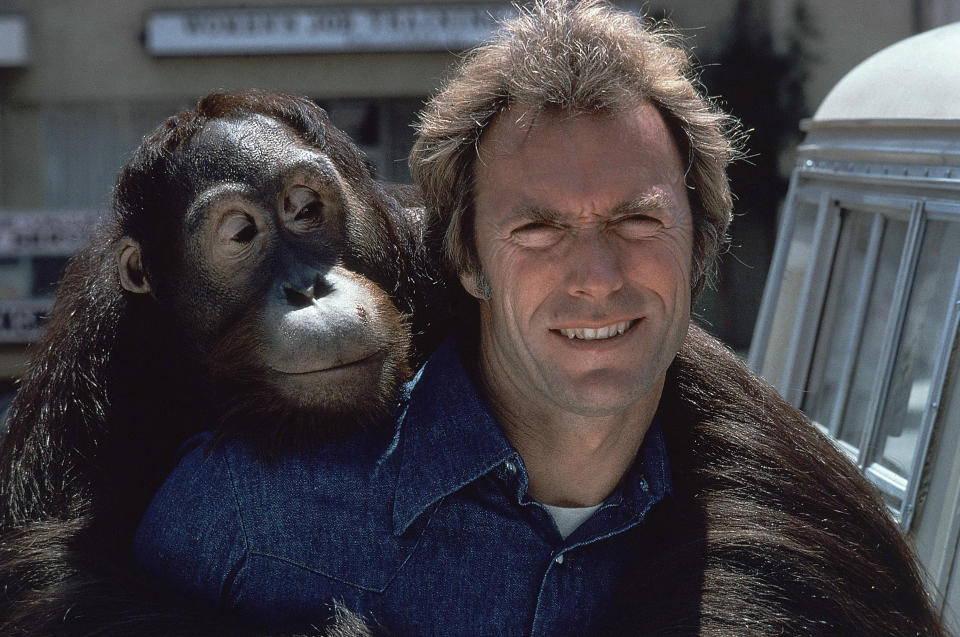
Every Which Way But Loose saw Clint Eastwood on action-comedy form with the orangutan, Clyde, at his side. The real ape in the role was Manis, who was deemed to have aged too much by the time the sequel Any Which Way You Can was released two years later.
Read more: Clint Eastwood’s best movies as a director
A documentary released by animal rights organisation PETA alleged that Manis was repeatedly mistreated on the set, with mace reportedly sprayed in his face and beatings administered with an iron pipe. It was further alleged that Buddha — one of his replacements on the sequel — was beaten to death by his trainer. None of these allegations were ever proven and no criminal action was taken.
After his brush with Hollywood, Manis returned to working with his trainer in Las Vegas.
Keiko (Free Willy)

Keiko was captured off Iceland in 1979 and subsequently passed on to a Canadian water park, before moving to a run-down site in Mexico City. It’s in Mexico that he was discovered by Warner Bros and became the star of the 1993 film Free Willy about a young boy trying to secure the freedom of a condemned whale.
After the movie, Keiko was moved to a more upmarket environment and, in 2002, he was returned to the wild. Sadly, Keiko failed to adjust to life fending for himself having spent so long in captivity and he died in December 2003.
Beasley (Turner and Hooch)
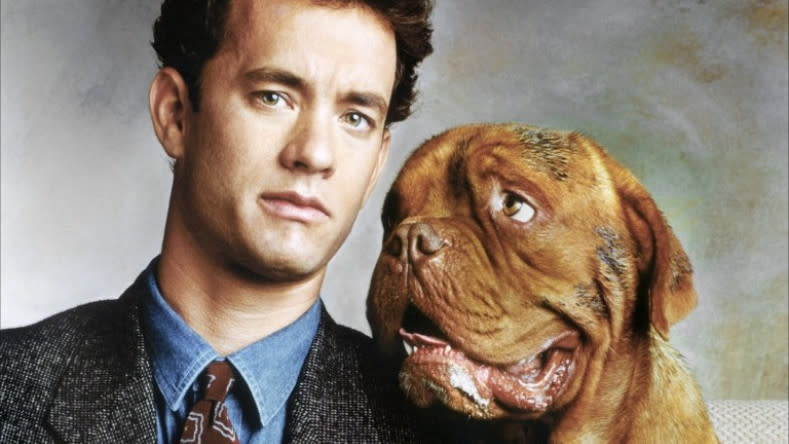
Turner and Hooch features a police detective played by Tom Hanks who takes in a French Mastiff dog when his owner is murdered. The real Hooch was named Beasley and was purchased along with three other dogs from a Wisconsin kennel for use in the film. He died in 1992 — three years after the film was released — at the age of 14, which is twice as long as the average French Mastiff.
Read more: New Tom Hanks film coming via Apple+
It also seems Beasley got on very well with original director Henry Winkler, who departed the project due to the old chestnut of “creative differences” and was replaced by Roger Spottiswoode. Winkler later told Howard Stern that his firing was partly because he “got along better with Hooch than I did with Turner”. It seems Beasley was as professional as he was cute.
Terry/Toto (The Wizard of Oz)

One of the most recognisable canine stars in cinema history, Toto was the constant companion of Judy Garland’s Dorothy in The Wizard of Oz. Toto was played by a Cairn Terrier called Terry, though she was later formally renamed to Toto. Her first film credit came five years before Oz when she appeared in Ready for Love in 1934 and starred alongside Shirley Temple in Bright Eyes the same year.
Read more: The cursed production of The Wizard of Oz
Terry earned $125 per week — equivalent to around $2,300 (£1,850) today — for her work on Wizard of Oz, which was more than many of the human actors playing Munchkins in the film. She died at the age of 11 in 1945 and now has a permanent memorial at the Hollywood Forever Cemetery in Los Angeles.
Popcorn Deelites (Seabiscuit)

Several horses played the role of the overlooked race horse Seabiscuit in the 2003 film of the same name, with each chosen for their own particular characteristics. One was reportedly chosen just for scenes of Seabiscuit lying down. The most significant of the film’s equine cast members was Popcorn Deelites. A fairly successful thoroughbred racer himself, Popcorn portrayed Seabiscuit in the race scenes, with his speciality being the scenes of the horse bursting free from the starting gate.
Popcorn did some more racing in Colorado after the release of Seabiscuit before retiring from racing and heading to live at the Old Friends retirement community in Kentucky with several other former race horses.
Clyde (Marley and Me)
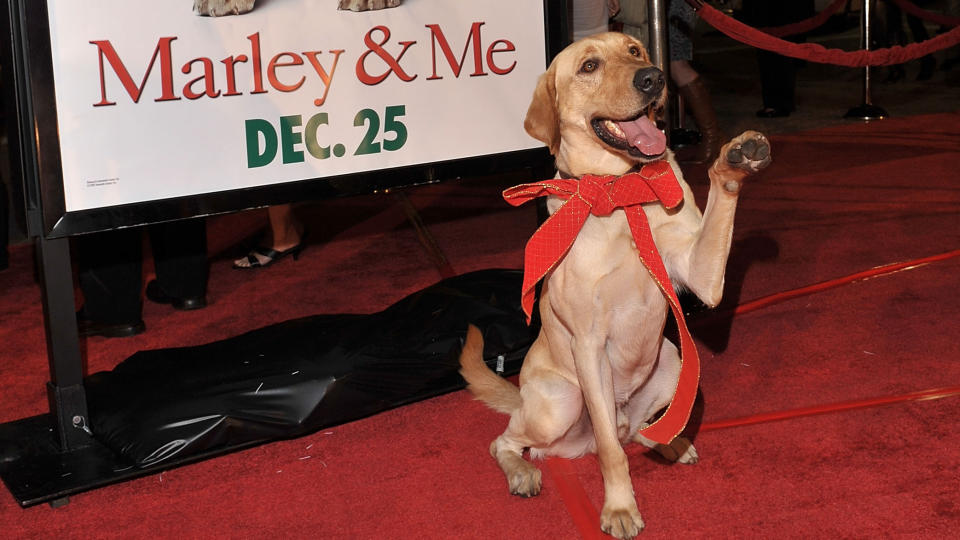
As is the case with many of these movies, there were multiple labradors enlisted to play the title role in the noughties tear-jerker Marley and Me. It was the rambunctious and enegertic Clyde, however, who did around 80% of the work that can be seen on screen. Trainer Mark Forbes described Clyde to People as something of a mischief on set, who at one point started weeing on a coffee table without explanation.
Read more: Crawl director says you can’t kill movie dogs
Clyde has had a handful of movie credits in his back pocket since Marley and Me, with most in direct-to-video movies. His most recent appearance was in the 2015 film A Dogwalker's Christmas Tale in which he played the rather less meaty-sounding role of ‘Dog in Park’. They can’t all be leading man parts, it seems.

 Yahoo Movies
Yahoo Movies 
